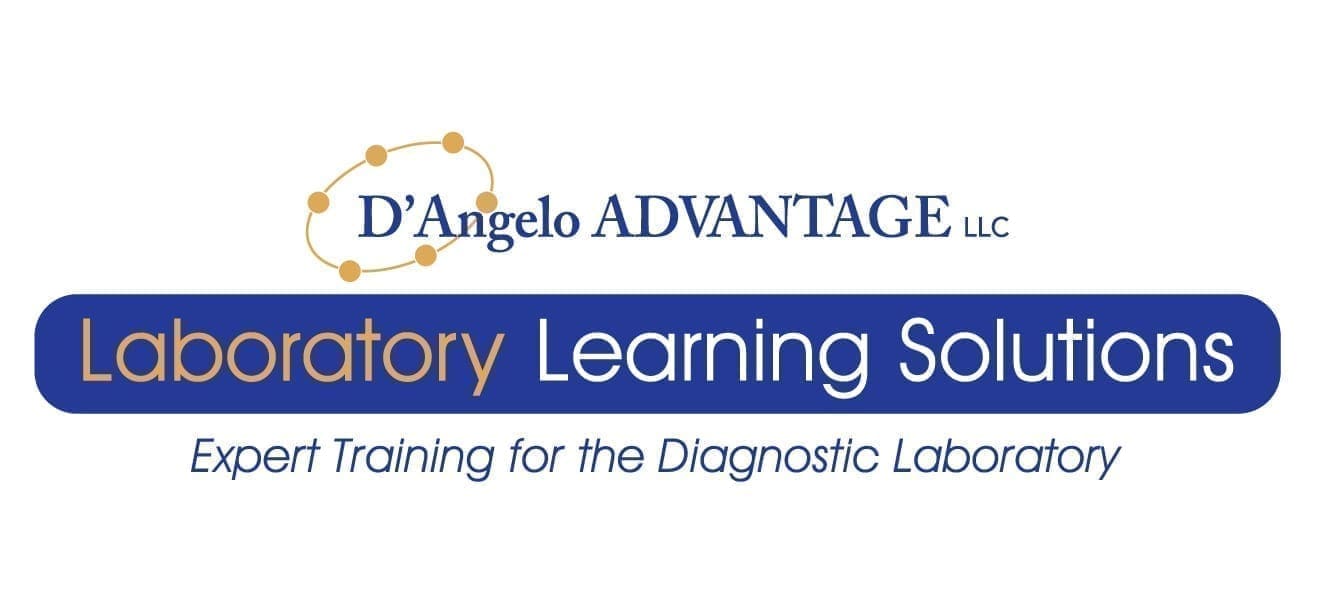What would your profit margin look like if all employees were proficient in the process of data collection, root cause analysis and creative problem-solving to identify and eliminate waste in the laboratory? How could each employee make a contribution to the bottom line? If the goal was to reduce waste by 3% in their area, would their creativity and insight translate to a 3% cut in cost overall? While this may seem to be a lofty dream, it is possible. Margins can be increased, and goals can be achieved through the application of a Japanese methodology called Hoshin Kanri.
Hoshin Kanri (meaning management through direction) communicates the corporate vision organization-wide through the use of Key Performance Indicators (KPI) applied to all levels of the enterprise. The process begins with a futuristic analysis and a commitment to a long-range vision (3-5 years). Using this vision, leadership broadcasts and champions a clearly defined annual objective–say, 3% cost saving or revenue gain. Leaders then establish high-level KPIs to ensure progress toward this goal is visible. The vision is communicated first to the managerial level; managers, in turn, convey the vision to employees. Each organizational unit develops annual goals to correspond with the strategic vision–in this case, a cost savings, revenue gain or waste reduction of 3%. The next step is for managers to align their improvement efforts with the overall objective and to form problem-resolution, continuous-improvement teams. Using data to assess unit-level alignment with the global KPI in their immediate areas, the teams follow a unit of work in their respective areas and suggest at least one opportunity for improvement. Improvement opportunities are evaluated and, if deemed pertinent, assigned to a team; the goal of the team is established to meet the organizational vision–for example, a 3% reduction in waste. The employees who serve on these work-related teams use the scientific method of problem solving to establish process specific KPIs, to understand the current state, to brainstorm opportunities for improvement and to resolve obstacles. The goal of each team is to achieve an outcome that is aligned with the organizational KPIs. The managers lead the effort and report back to leadership. This vision flows to every employee in the organization in a consistent, effective manner. Participation in developing and implementing cost cutting measures provides employees with the opportunity to engage wholly in the journey toward optimization. Immediate feedback and consistent communication throughout the organization is key to the successful application of the Hoshi Kanri method. Each month, unit-level KPIs are evaluated and compared to the enterprise-wide goal (3% cost savings or waste reduction). At the end of each year, the collective achievements across the organization are collected, compiled, evaluated and celebrated. -BM, -RD.



